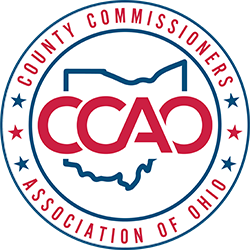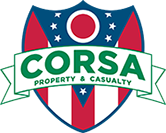Complete Story
04/21/2025
House Bill 129
Lead Sponsors: Representative David Thomas
Status: Passed the House, 81-16 (October 8, 2025)
Description: The bill adds additional elements to the calculation of a school district's 20-mill floor. In addition to the current components (inside millage used for operating expenses and fixed-rate levies), millage from incremental growth levies, conversion levies, and the property tax portion of a combined income tax/property tax are considered as well. Millage from emergency levies and substitute levies will be added to the calculation when the county a district is in next undergoes a reappraisal or update.
These changes will move school districts off the 20-mill floor. SInce districts that are at the 20-mill floor receive revenue increases directly proportionate to valuation changes, if a school district is no longer on the floor, its residents would experience lower tax increases.
CCAO Position: Proponent.




